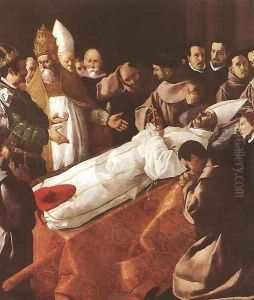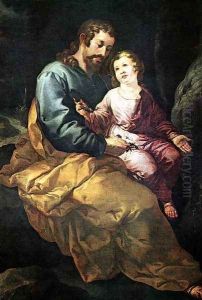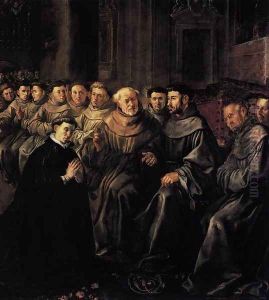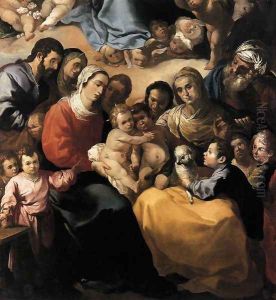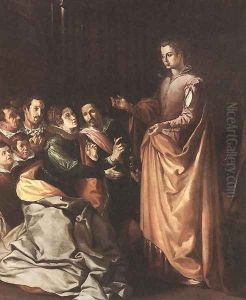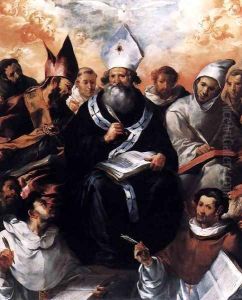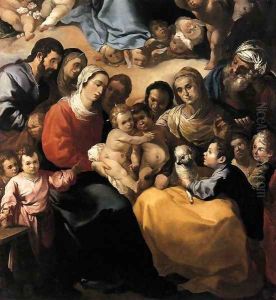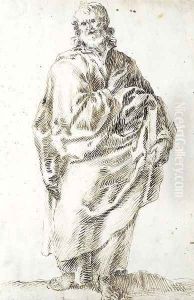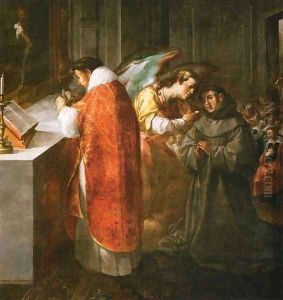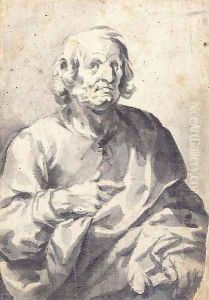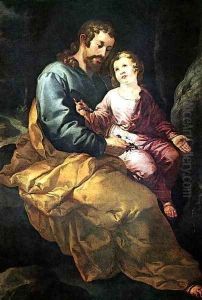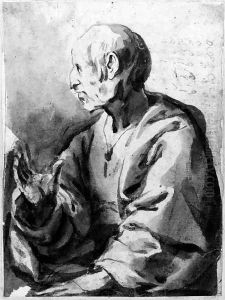Francisco De, The Elder Herrera Paintings
Francisco de Herrera the Elder was a pivotal figure in Spanish Baroque art, born in Seville in 1590. His life and career spanned a period of significant transformation in European art, marking the transition from the Mannerist to the Baroque style. Herrera is renowned for his dynamic and expressive works, which include both religious subjects and genre scenes. His style is characterized by vigorous brushwork, bold contrasts of light and shadow, and a dramatic sense of movement, elements that would come to define the Baroque aesthetic in Spain.
Herrera's early years were spent in Seville, where he was deeply influenced by the vibrant artistic community. Despite the scant documentation on his training, it is believed that he was self-taught or may have apprenticed under local painters. His talent quickly became evident, and by the 1620s, Herrera had established himself as one of Seville's leading painters. His works from this period, such as 'Saint Basil Dictating His Doctrine,' showcase his mastery of composition and his ability to convey intense emotional and spiritual depth.
In addition to his paintings, Herrera was also an accomplished architect and engraver, demonstrating his versatility and creative vision across different mediums. His architectural contributions include the design of the Church of El Hospital de la Sangre in Seville, which reflects the emerging Baroque sensibility in its dynamic spatial arrangement and ornamental details.
Despite his success, Herrera's temperament was described as difficult and volatile, which led to conflicts with other artists and patrons. This temperament, combined with the changing tastes of the time, may have contributed to periods of financial instability and professional challenges. Nevertheless, his influence on Spanish art remained profound, notably impacting his son, Francisco de Herrera the Younger, who would also become a prominent artist.
Francisco de Herrera the Elder's later years were marked by a continued commitment to his art, though he increasingly faced competition from younger artists who were introducing new styles and techniques. He died in Seville in 1656, leaving behind a legacy that significantly impacted the development of the Spanish Baroque and influenced generations of artists. His works continue to be celebrated for their vitality, emotional depth, and technical brilliance, securing his place among the great masters of Spanish art.
